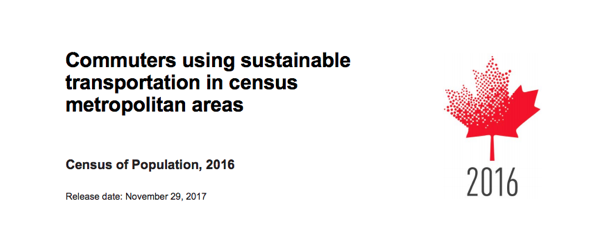People use sustainable modes of transportation for various reasons, including cost, availability, the environment and convenience. Regardless of the reasons, using sustainable transportation has a number of documented benefits, such as less pollution, reduced traffic congestion, fewer accidents, better health (particularly as a result of walking or cycling) and reduced stress.
Sustainable transportation is not defined consistently. However, generally speaking, it refers to modes of transportation that have a smaller net impact on the environment or transportation infrastructure than cars and heavy trucks, or a near-zero net impact. Although sustainable transportation traditionally includes public transit and active transportation (i.e., walking and cycling), this article also includes carpooling. Carpooling (i.e., two or more people sharing a ride to work) is part of a broader definition of sustainable transportation. Despite the use of a private vehicle, it represents fewer cars on the road and a smaller per capita environmental impact than driving alone.
Most Canadians live and work in cities and surrounding areas with a population of 100,000 or more, known as census metropolitan areas (CMAs). In 2016, 73.5% of all commuters in Canada, or 11.7 million, were living in a CMA. This is an increase from the 70.5% of commuters, or 8.6 million, who lived in a CMA in 1996. In other words, urban Canada is increasingly becoming the place where Canadians are living and working. In turn, these areas are becoming busier, with more people and businesses, leading to greater traffic congestion and likely requiring more time to get to work on roadways. Since certain modes of sustainable transportation, most notably public transit, are most common in urban environments, this article will focus on the use of sustainable transportation for commuting in Canada’s CMAs.
Published By: Statistics Canada
Publication Date: November 2017
View Commuters Using Sustainable Transportation in Census Metropolitan Area








